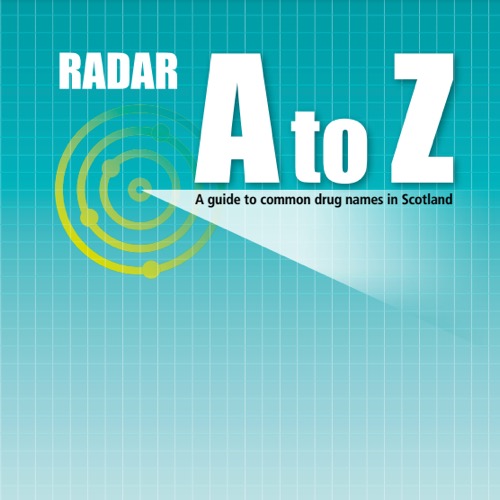The guide to common drug names in Scotland has now been published by the RADAR Team of Public Health Scotland. This wonderfully useful piece of work was last published in November 2023 and has been reviewed most recently in March 2024. It has a number of critical uses that will help emergency service call handlers to identify substances quickly, correctly classify drug-related incidents, and put in a correct response to drug-related emergencies.
It does not merely name names but goes on to briefly yet lucidly describe a number of types and categories of drugs. It then goes on to clarify street names—the colloquial words generally used in everyday life. This double approach toward formal and informal nomenclature will help responders to bridge this rift between professional, medicinal terminology and the language used by those directly involved in incidents.
It is in providing this information to its emergency personnel at such moments that the guide aims to improve communication and speed up responses in order to optimize outcomes. All of it epitomizes forward-thinking mentality within Scotland in attempts to deal with the issues of drugs within the community.
The Drugs A-Z document includes brief descriptions of drug types and categories, as well as key street names.
The A-Z Guide is broken down into sections for each drug group:
Section Title: e.g. Cannabinoids
- This is the name of the category of drug. Drugs in the same category have similar effects.
- Name, e.g. cannabis. This is the full name of the drug in that category.
Effects
These are the main effects of the drug category as reported in the resources. Effects are subjective and depend on the drug, set and setting. Factors influencing overall effect include:
- Drug — type, frequency, amount, quality, route of administration and what it is mixed with.
- Set — person’s age, sex, health, wellbeing, knowledge, experience and reasons for use.
- Setting — company, support, location and time.
Overdose Signs
These are the most common signs of an overdose as reported in the resources. This list is not extensive. There’s a greater risk of overdose if someone mixes drugs, takes drugs alone, takes drugs after a break, takes more or higher-purity drugs than they are used to, or injects drugs.
To inform the content of this resource PHS created a Drugs A–Z survey asking participants to rank street names using a scale of 1–5 where 1 means ‘never heard before’ and 5 means ‘very common’. Participants were also asked to share common names not included in the survey. Each street name was given an average score from over 250 responses.
Names scoring:
• 4–5 are ‘very common’
• 3–3.9 are ‘common’
• less than 3 are classed as ‘other’
PHS encourages people looking at this resource to learn the very common names for each drug. Where applicable, UK brand names are also given. As the street drugs market is unregulated, branding is no guarantee of contents.
This publication is licensed for re-use under the Open Government Licence v3.0 and can be downloaded here.
Photo by PHS
This post was originally published in December 2022. It was last updated in August 2024.
Zoom Testing is a leading UK drug testing company and a supplier of Drug Test Kits.





